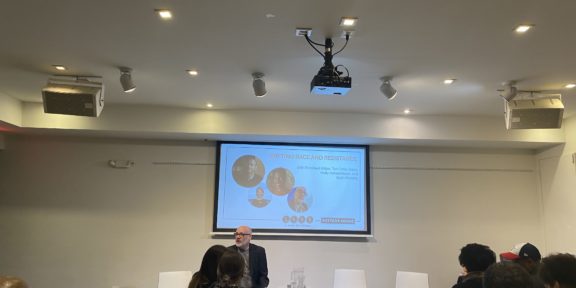Inner City Families To Be Hurt Most by Pell Grant Redistribution
January 20, 2005 marked the beginning of President George W. Bush’s second term in office. As we assess the president’s first term and look toward his next four years in office, we can see how it affects the African American community in employment as well as the education.
The employment rate for 2004 was a meager 5.5 percent, down by .5 percent from 2003. Not to mention the unemployment rate for African Americans has reached double digit levels of 25 of the 44 months after Bush entered office.
Under President Bush the unemployment rate continues to fluctuate. In 2001 the unemployment rate was 4.7 percent, 5.8 percent in 2002 and six percent in 2003, according to the Bureau of Labor Statistics. Under President Bush there has been an upwards of 2.6 million jobs lost.
With the country just over 10 days into the new term it would be complex to see a significant change in our economy mainly because the policies introduced in Bush’s first term are visible in his second. However, one area of concern for the African American middle-class as well as lower class African Americans is the affordability of higher education.
In an hour long conversation on higher education and job training at Florida Community College the President said his new budget would call for raising the maximum Pell Grant by $100 annually over the next five years. Bush pledged to seek a 12 percent increase in the awards over five years which would cost $15 billion. This would allow the maximum grant to rise to $4,550 by 2010 which is $500 more than it has been the previous three years. The budget that is to be submitted on February 7th will also help close a $4.3 billion shortfall in the Pell Grant program over the next 10 years.
Pell Grants, the government’s largest form of financial aid, help low-income students afford college. Nevertheless the Department of Education announced a new formula for calculating eligibility for college financial aid, a move that will eliminate federal Pell Grant scholarships for an estimated 80,000 to 90,000 low-income students. The new formula is used to measure a family’s ability to pay college costs, which will save the government at least $300 million in the 2005-2006 academic year, the Bush administration stated.
An estimated 90 percent of families receiving help through the program earn less than $35,000 a year. The average grant is about $2,400 a year. Most families that are expected to lose eligibility next year are families who receive the minimum grant of $400, according to Susan Aspey, spokesperson for the Department of Education.
The make-up of a college determines whether or not students in their student body will miss out or see a reduction in their grant. At Xavier University, a random sample was implemented to see what the affect would be on their students, out of 600 students 30 would have been affected in some way by the new Pell Grant formula. This sample was received from Todd Everett, Senior Associate Director of Financial Aid at Xavier University. “Inner city schools may be more affected than those suburban schools.”


